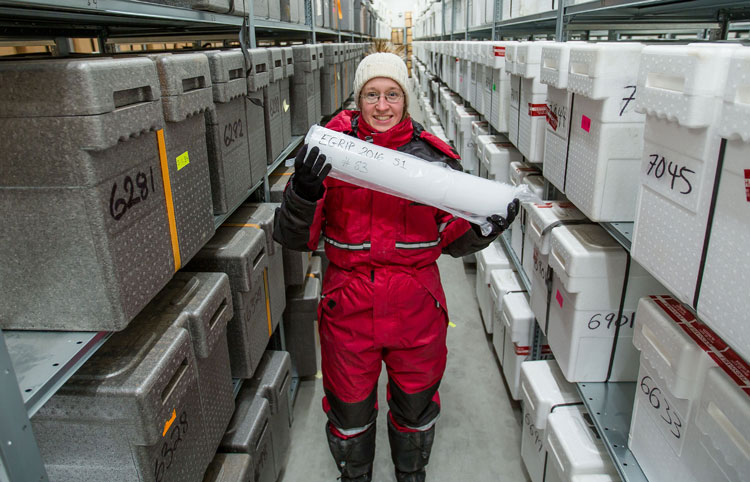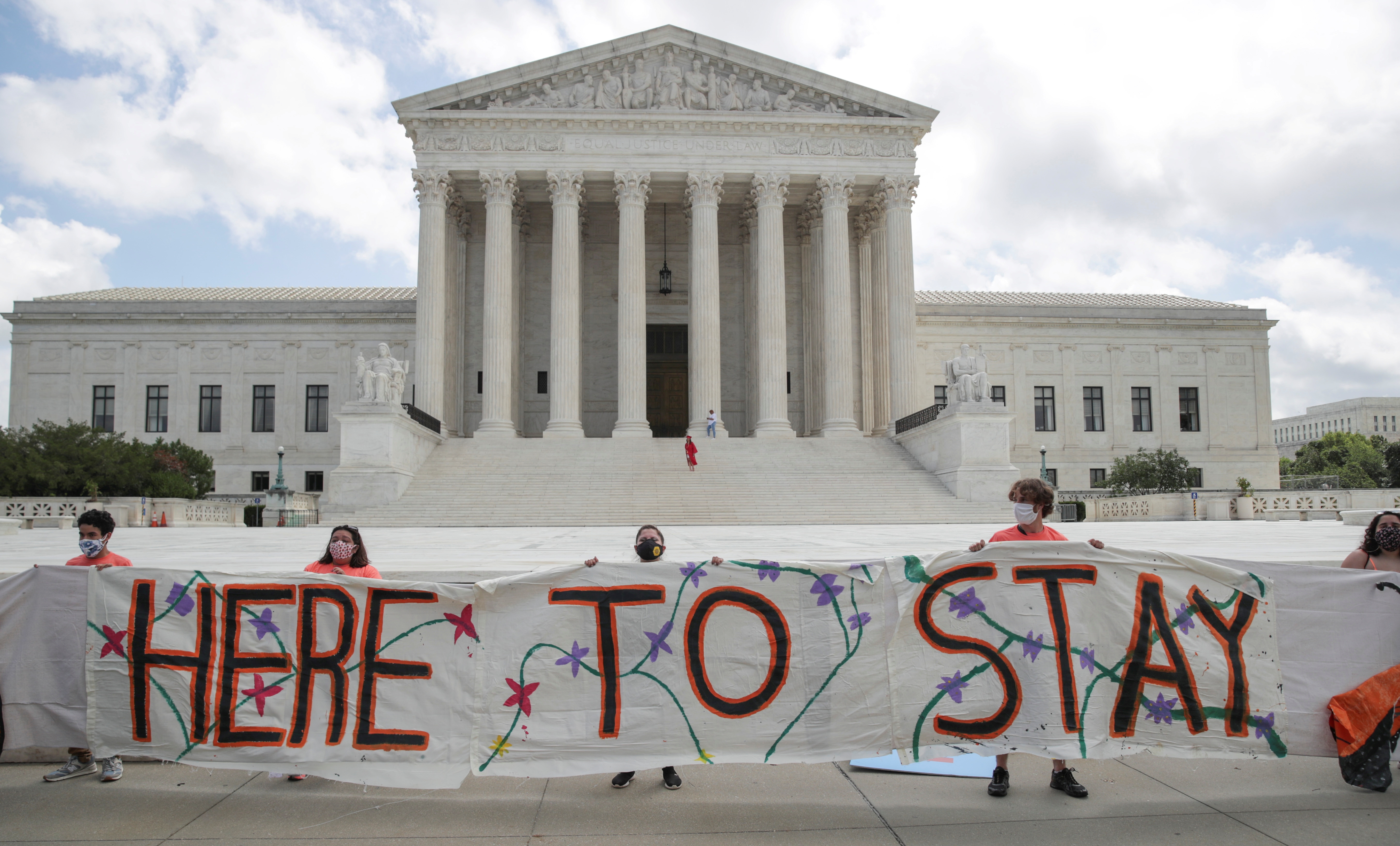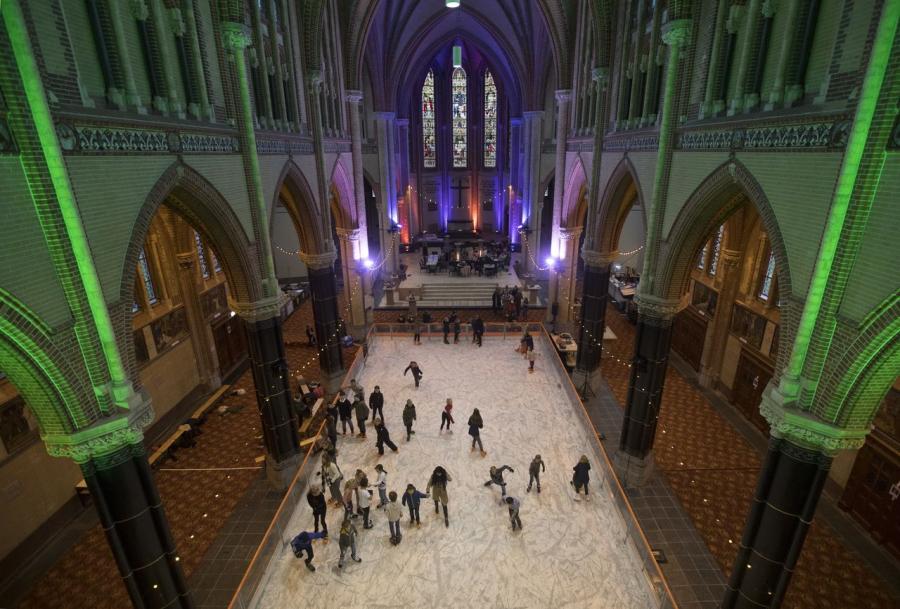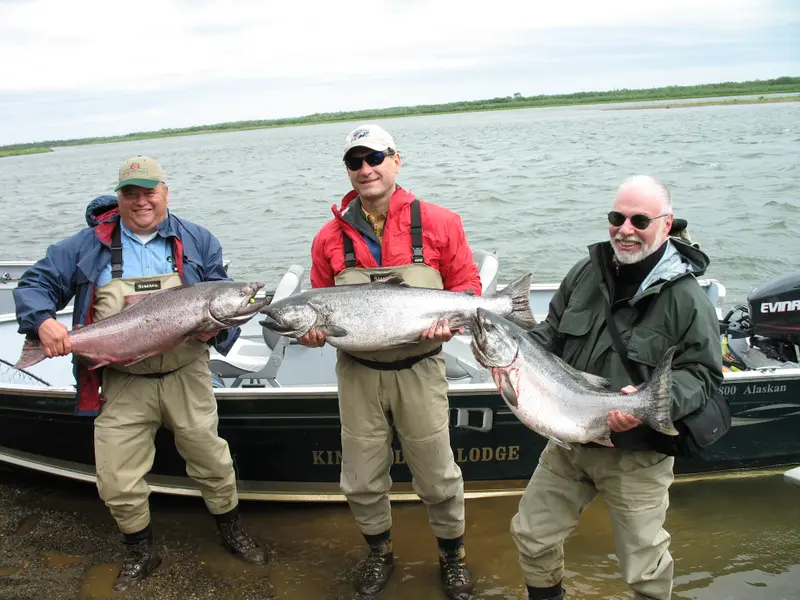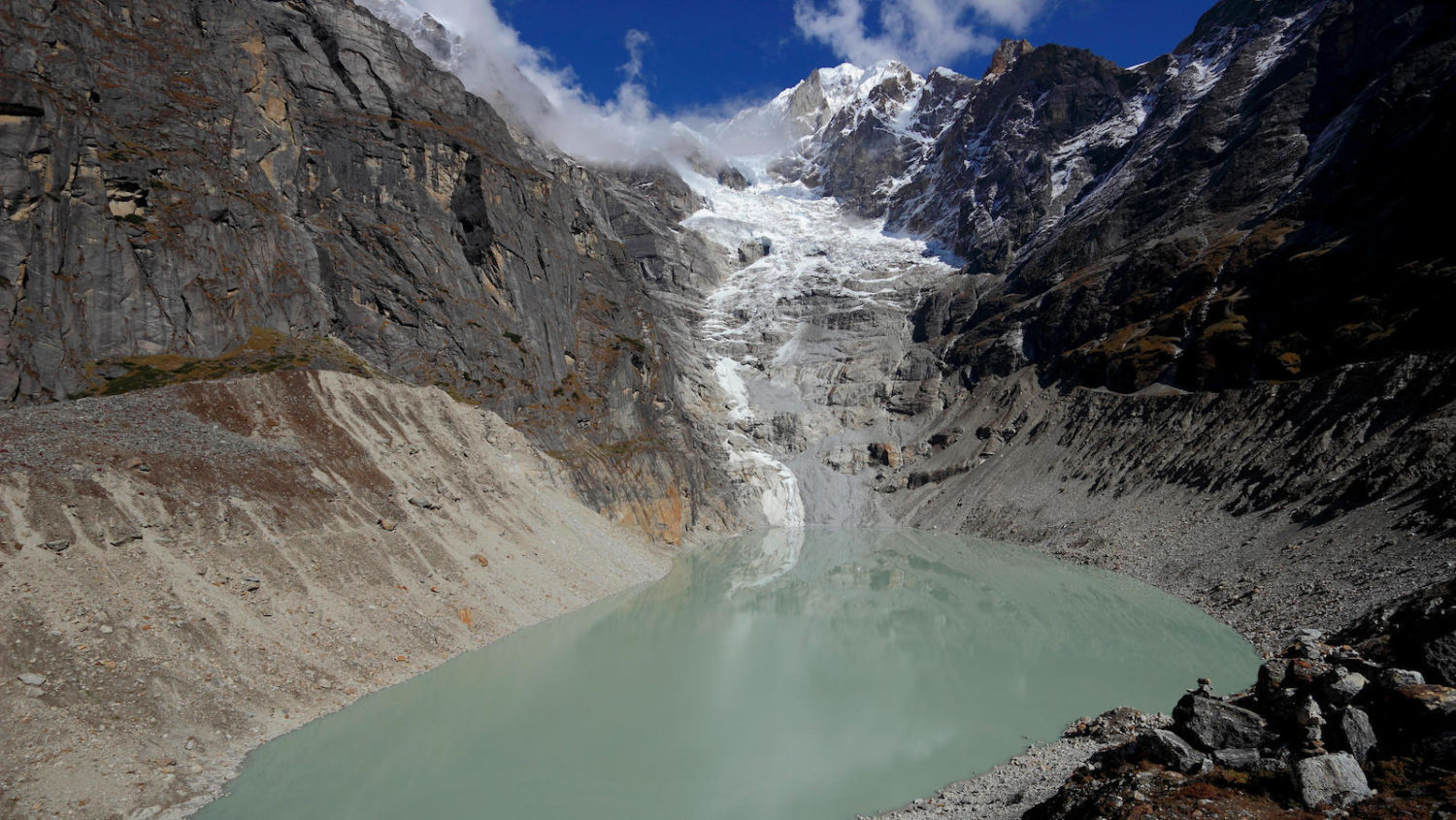“Your books tell you where you’ve been – they’re the story of your own mind. Getting rid of them would be like getting rid of that.” Penelope Lively
Dear Commons Community,
Emily Grosvenor, design magazine editor and lifelong book obsessive, offers advice for those of us who have a house overflowing with books. This is surely the case in my home where we have two libraries and a bedroom with books everywhere. Above is one wall of one of our libraries. The Penelope Lively quote is prominently displayed on the middle shelf of our main library.
Below is Grosvenor’s entire piece.
Tony
—————————————————————————————-
Library Hub
What to Do If Your House is Overflowing with Books
June 20, 2023
I am often asked by clients what to do when a collection of books moves from a state of abundance into what feels like a design problem. That moment arrives when people notice they are emotionally overwhelmed by the visual of overflowing bookshelves, or when they have encountered advice elsewhere about how to style shelves and the visual example shelf has only three books on it.
First, let’s all agree that for passionate readers, a personal library is nothing less than a soulful archive of the ever-changing self. We book lovers catalog our transformations, our influences, our ways of being, and our interests through our volumes and develop relationships—perceived or existing—with the people who created them.
Where once a library might have been a way to signal status to visiting society, today, a room full of books tells us a story about us: Where we came from, how we have struggled, what has lifted us, what we know for sure.
You can love everything about books and book culture but still feel a sense of overwhelm when faced with packed shelves. That’s why I often find myself counseling people on how to rethink their displays. Here are some ways that you can integrate a love of books into a life while acknowledging a range of human desires for beauty, balance, and space.
*
Let your space dictate what you display.
One place book lovers who have become book collectors can start is by letting their existing space dictate how many books they allow themselves to have. In other words: be a goldfish that only grows to the size of your own fishbowl.
Where once a library might have been a way to signal status to visiting society, today, a room full of books tells us a story about us.
I have learned so much about how to think about collecting from a woman named Lauri Romanaggi, a Portland collector of vintage memorabilia, who lets the spaces she has for display guide how much she allows herself to purchase. For example, if her display shelf is only wide enough for eleven 1950s aluminum mothball canisters (true story), then she can’t acquire any more unless she plans to resell them on her Etsy site. She allows the exact space limitations of her 1934 Tudor home to dictate just how much she can acquire.
It’s a fun challenge, but difficult for most. So when this feels impossible, I remind people that we live in a time when we use social media to tell our stories to the world, but are using our spaces to tell our stories to ourselves. I counsel people to ask themselves: What is the story you are telling yourself about yourself in this space? How might books help you tell this story?
Choose your medium.
Get even more thoughtful about what books you choose to keep. The world of e-readers and digital books has given us so much freedom to curate our libraries towards personal meaning. I learned early on in my relationship with my own e-reader that some types of books read better on screen and don’t need to have a permanent place in my personal space. Their value for me is in the information presented or the quick-read status.
Business books always stay digital for me, as do quirky romances, but literary fiction and design books always gets a hardback room on the shelf. Choose which categories that are important to your life story and honor them in paper in your library. The rest can stay on the Cloud.
Edit your collection.
It can be a fun and freeing exercise to let go of any books that are not integral parts of the story you want to tell yourself about yourself in your space. If you are well-read, you don’t need a library filled with every book you have laid eyes on to know that at your core.
About half a decade ago, I got rid of all but one of my entire collection of tiny German Reclamheftchen. These are small, often bright yellow volumes mass-produced for students of German literature, which I once was. There was a time when they were essential to my identity, but I no longer need them to remind myself of the person I used to be. I saved the volume of classic German poetry, which I love, but passed along the others.
Understanding this opens up a lot of room for curating your own collection the way a museum curator might identify a defining theme for an exhibition. Think of the following themes you could use to cull your collection, or create your own:
⋅ Books from childhood that you loved so much you could recite them
⋅ Stories that changed the way you see the world
⋅ Authors whose work you genuinely fangirl or fanboy over
⋅ Volumes you reference regularly
⋅ Genres you obsess over
⋅ Novels you are eager to read
⋅ Beautiful books
⋅ Expert nonfiction author you consider your tribe
⋅ Narratives that remind you of the formative people in your life
Once you decide what your particular categories are, you will be more open to letting go of any books that do not serve the story.
Consider how you use the space.
As much as we might love thinking about having a dedicated library room, most of us have our books tucked into other spaces. Your library might be in a bedroom, a shared living space, or more likely these days, a work-from-home office. The latter situation can be especially difficult as an overloaded bookshelf can send a strong visual of overwhelm to sensitive folks.
It can be a fun and freeing exercise to let go of any books that are not integral parts of the story you want to tell yourself about yourself in your space.
For writers, and other people who work from home, overflowing bookshelves can pose a particular energy suck. A writer looking to publish more might be sending herself the visual cue that there is no room for her on the shelf, or that every story has already been written. Or someone struggling with too many ideas—and wondering which one to actually pursue—might find that packed bookshelves become a visual metaphor for their inability to focus or prioritize the right project.
In these situations, I encourage people to do a quick check-in to ask themselves whether working surrounded by books is helping or hindering them. It all comes down to knowing yourself, identifying how you respond to space, and being open to trying another way. Once people identify their particular problem, the shift happens quickly, and the rest is just moving stuff around.
Assess your needs for visual chatter.
On a similar note, consider just how much visual stimulation you need at all in a space.
Looking at design magazines, it is easy to come away with the feeling that most of us are doing it all wrong when it comes to styling books. In design spreads, books are incorporated as design objects on shelves and are given a lot of room to breathe while sharing space with sculptural objects, small artworks, houseplants, and the odd collected item.
They are chosen to tell a balanced aesthetic story through a unified color palette, varying object sizes, and texturally contrasting materials. The goal for creating a beautiful image is to engage the eye.
In real life, each of us has our own response to visual stimuli based on our unique personality traits and how perceptive we are within spaces. Environmental psychologists have long posited that introverts have needs for more calming spaces, while extroverted humans need much more stimulation from outside of themselves in order to feel good. Wherever you fall on the spectrum, it makes sense to look at your library in light of how much sensory messaging makes you feel your best.
One of my favorite interior designers, Lauren Liess, whose projects favor natural textures and a sense of timelessness, keeps a collection of old R.L. Stine and Christopher Pike novels from her youth on a shelf in her library, with the papers facing front (to avoid the garish neon of the covers). It’s a calming visual that still honors the collection without harshing her mellow, and when she is ready to engage with them, she can just reach in there and any volume will do.
In my own home office, I vary shelves that are packed with ones that have more negative space. I’ve identified that I am one of those people who moves between introversion and extroversion, so a balanced space with some full shelves of books and some devoted to objects feels just about right.
So I store the home design books and magazines right behind me, have two shelves devoted to personal objects of meaning, and then another two shelves above that with more beloved design books. The entire bookshelf carves out a little corner I consider to be my office.
Lean into maximalism.
Then again, if you’ve noticed that the heaviness of full shelves does nothing to your sense of wellbeing or productivity, then consider this: It might be time to go all in on living a life of books and investing in an aesthetic of cozy maximalism. I’m talking about assessing your budget to honor the value books have in your life in favor of building entire rooms of built-in bookshelves.
It makes sense to look at your library in light of how much sensory messaging makes you feel your best.
Surfaces stacked high in piles, favorite novels displayed across a piano, tiny tomes tucked under an occasional chair, books stacked high enough to hold your coffee. Not everyone thrives in a pared-down space, even when it pops up again and again as a dominant image in our visual culture.
If this is you, certainly, lean into it. A stack of coffee table or art books twenty-high makes a glorious coffee table next to your favorite chair. A shorter bookshelf built as a pony wall can help create boundaries between rooms where they don’t exist. A vertical stack of books can feel as classic an addition as a traditional column.
A set of shelves in the cramped space under the stairs might make a person feel supported. A console piled high with books invites visitors to get a peek into your passions and persuasions. A wall of books can feel as engaging a visual as the most charming wallpapers. And a room of books can feel like floating in a sea of everything you love.


